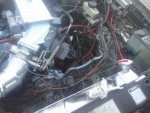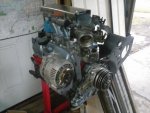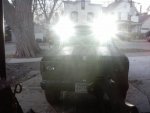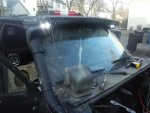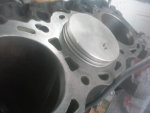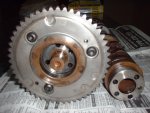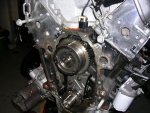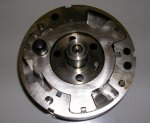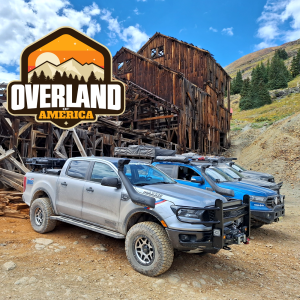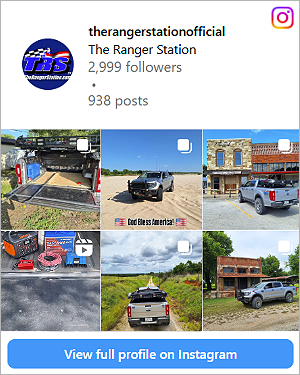What common sense?
Been very busy for the past few months, so progress on the Ranger has slowed to a crawl. However I have built the free float valvetrain described in Sven's book, turned one cylinder sleeve to size, started on a second and built the blueprint and CNC program for the deck spacers. Should be able to use the equipment at school next semester to cut the spacers quicker than on a manual mill, but if I must...
Right now the engine is back in the truck getting the engine bay wired up to the MS3X and CDI, along with fabbing an intake that will work with the snorkel. It'll have to come back out to reassemble the engine, however that can wait till I have the parts done. Basically what I'm building are wet sleeves which will replace the original walls down to 1/2" above the main web, with three steps to be interference pressed into counterbores in the web and the the spacers, which should provide enough clamping pressure on the lower head gasket, a locating bore and a rigid collar at the deck surface to keep things from moving around. The spacers will be cut from 3/4" 514 T1 steel and the sleeves are lathe turned from 4.5" .500" wall DOM tube. After they are pressed in, they will be honed to what remains of the original walls, however they are long enough that the ring package and most of the skirt will not leave the sleeve. Thought I had more pictures on my laptop, will upload them as soon as possible. Some of the dimensions on the prints have been changed after doing more material strength math, mostly to equalize the steps inside the spacer c'bores to hopefully extend longevity. But that's the nature of R&D, I guess.
I know that I has been a bit of an ass on my previous posts, however this is the path that I am taking my build down and could do without the negativity. We each have our own visions of what we can make our respective trucks. Technical assistance is welcome, judgemental stuff not so much.



